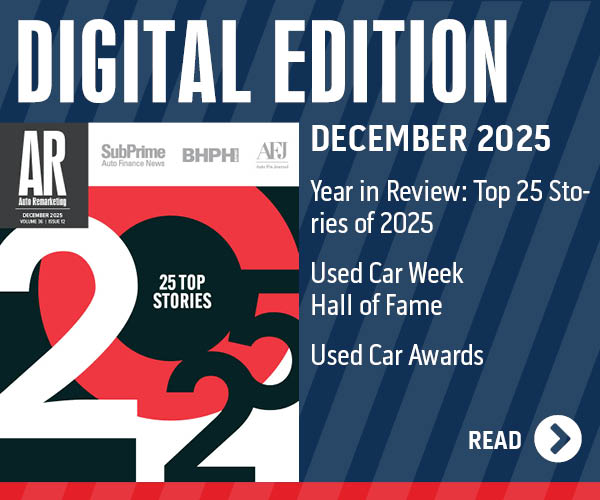Some ‘surprising’ elements surface in Black Book’s February index

By subscribing, you agree to receive communications from Auto Remarketing and our partners in accordance with our Privacy Policy. We may share your information with select partners and sponsors who may contact you about their products and services. You may unsubscribe at any time.
LAWRENCEVILLE, Ga. –
While the overall reading made just a modest rise month-over-month, Black Book spotted a couple of elements within its February Used Vehicle Retention Index that analysts deemed to be a bit “surprising.”
This week, Black Book released its latest index update, reporting that the overall reading from February came in at 115.2, representing a rise of only 0.7 points from the January market of 114.5.
“The overall index was positive, and the month-over-month change had all segments increasing except small pick-ups,” Black Book senior vice president of data science Alex Yurchenko said in a news release.
“The surprising change was the near-luxury car and luxury car segments that had the largest month-over-month change; however, these were no change and lower, respectively, on a year-over-year basis,” Yurchenko continued.
The Black Book Used Vehicle Retention Index is calculated using Black Book’s published wholesale average value on 2- to 6-year-old used vehicles, as a percent of original typically equipped MSRP. It is weighted based on registration volume and adjusted for seasonality, vehicle age, mileage and condition.
The index dates back to January 2005 when Black Book published a benchmark index value of 100.0 for the market. During 2008, the index dropped by 14.1% while during 2016, the index fell by just 6.4%.
Subscribe to Auto Remarketing to stay informed and stay ahead.
By subscribing, you agree to receive communications from Auto Remarketing and our partners in accordance with our Privacy Policy. We may share your information with select partners and sponsors who may contact you about their products and services. You may unsubscribe at any time.
During 2011, the index rose strongly from 113.3 to 123.0 by the end of the year as the economy picked up steam and used vehicle values rose higher. It continued to remain relatively stable, rising slightly until May of 2014 when it hit a peak of 128.1.
To obtain a copy of the latest Black Book Wholesale Value Index, go to this website.


